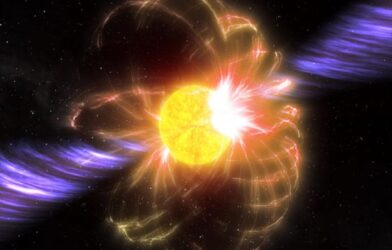
Tarantulas may creep out any human it crosses paths with, but how about one that instead spurs awe and fascination? Astronomers captured incredible images of a violent star formation called 30 Doradus, known as the “Tarantula Nebula,” which is outside our Milky Way galaxy.
Astronomers were able to map these formations using observations from the Atacama Large Millimeter/submillimeter Array (ALMA). The wispy gas clouds can provide insight into how massive stars shape this region.
“These fragments may be the remains of once-larger clouds that have been shredded by the enormous energy being released by young and massive stars, a process dubbed feedback,” says Tony Wong, a professor at the University of Illinois at Urbana-Champaign who led the research, in a statement.
Astronomers initially thought the gas in this region would be too overwhelmed by this unstable feedback for gravity to pull it together to form new stars. However, new data revealed much denser filaments where gravity’s role is still significant.
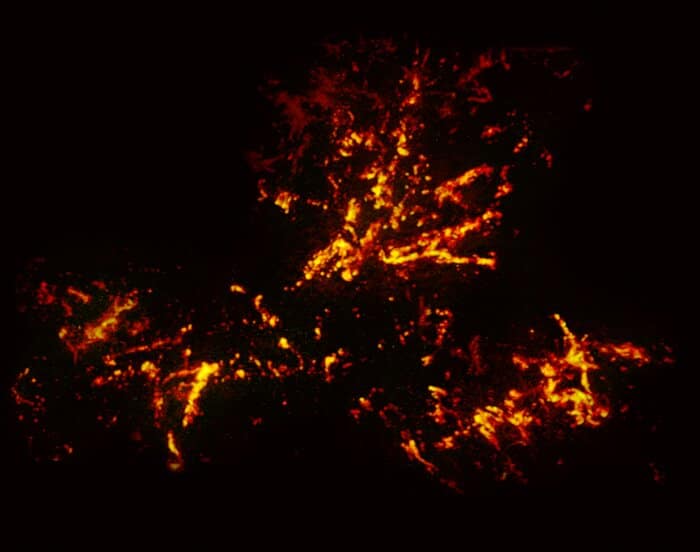
“Our results imply that even in the presence of very strong feedback, gravity can exert a strong influence and lead to a continuation of star formation,” explains Wong.
The Tarantula Nebula is located in the Large Magellanic Cloud, a satellite galaxy of our own Milky Way. It is 170,000 light-years away from Earth and is one of the brightest and most active-star forming regions in our galactic neighborhood. Some of its stars are 150 times the mass of our sun, “making the region perfect for studying how gas clouds collapse under gravity to form new stars.”
“What makes 30 Doradus unique is that it is close enough for us to study in detail how stars are forming, and yet its properties are similar to those found in very distant galaxies, when the universe was young,” says Guido De Marchi, paper co-author and European Space Agency scientist. “Thanks to 30 Doradus, we can study how stars used to form 10 billion years ago when most stars were born.”
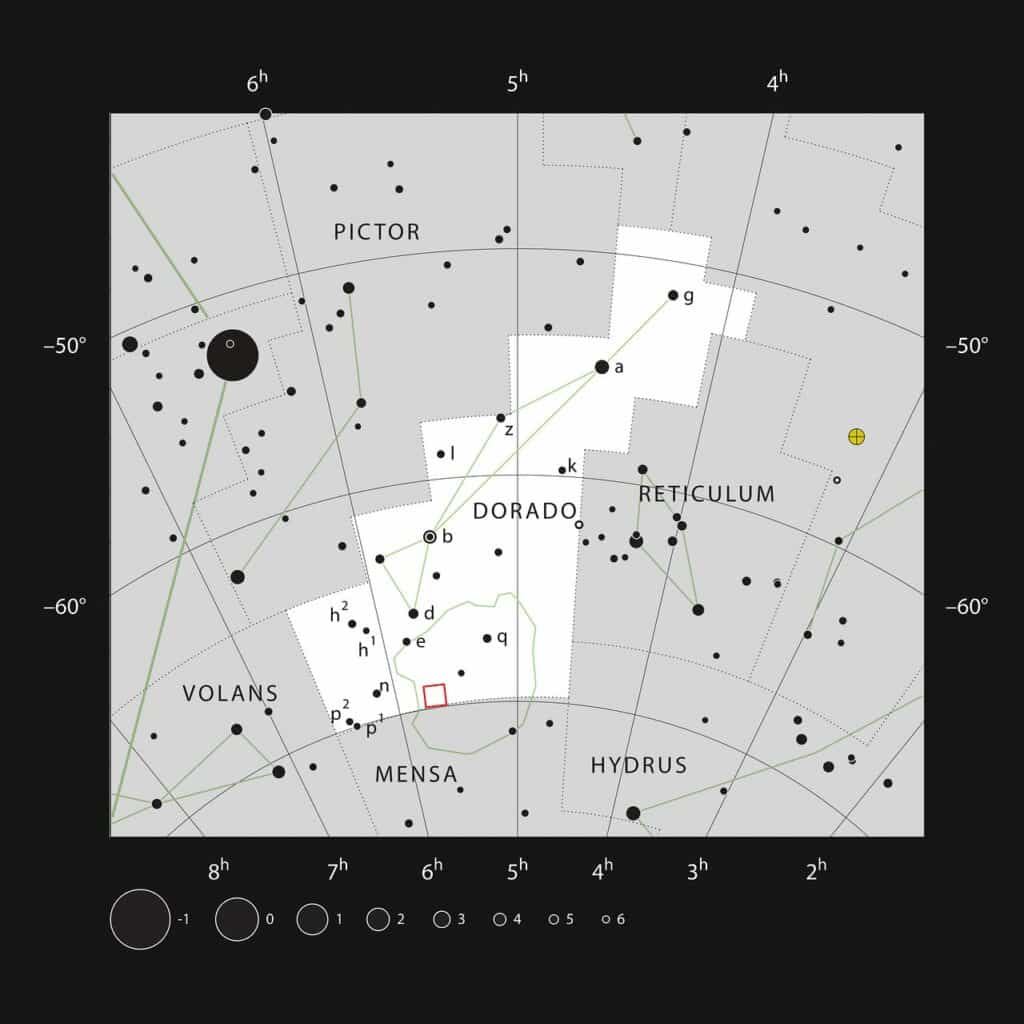
To better understand the process of massive star formation, astronomers conducted high-resolution observations covering a large region of the Tarantula Nebula. They measured the emission of light from carbon monoxide gas using ALMA. Astronomers then mapped large, cold gas clouds in the nebula that collapsed to give birth to new stars, and how they change as large amounts of energy are released by young stars.
“We were expecting to find that parts of the cloud closest to the young massive stars would show the clearest signs of gravity being overwhelmed by feedback,” says Wong. “We found instead that gravity is still important in these feedback-exposed regions — at least for parts of the cloud that are sufficiently dense.”
The image released by the European Southern Observatory “shows the distinct, web-like shape of the Tarantula Nebula’s gas clouds that gave rise to its spidery name.” The latest research reveals detailed clues about how gravity behaves in the region.
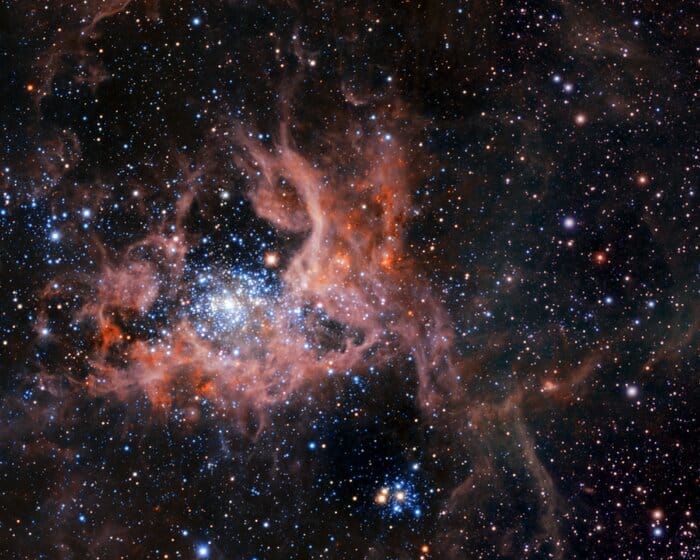
“There is still much more to do with this fantastic data set, and we are releasing it publicly to encourage other researchers to conduct new investigations,” says Wong.
The paper is published in the The Astrophysical Journal. Wong presented the research at the 240th meeting of the American Astronomical Society.
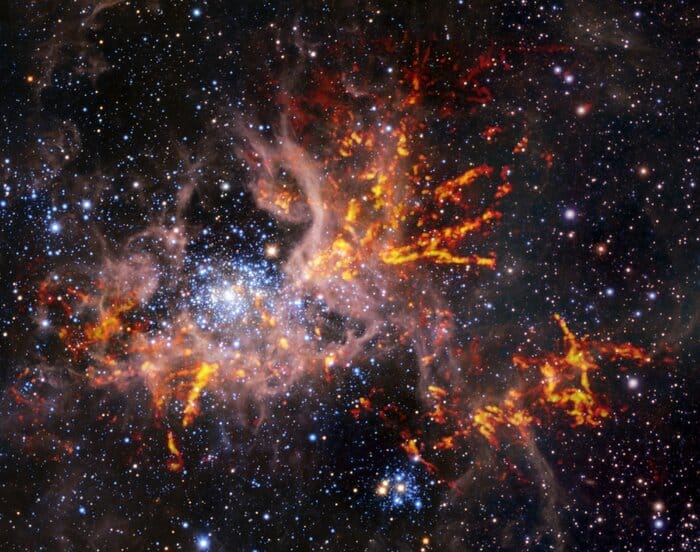

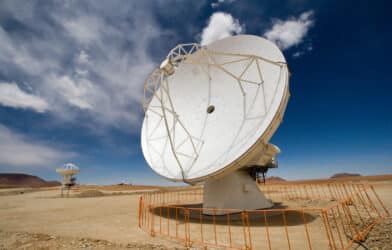
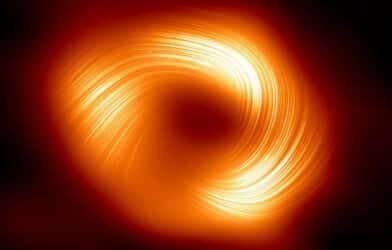
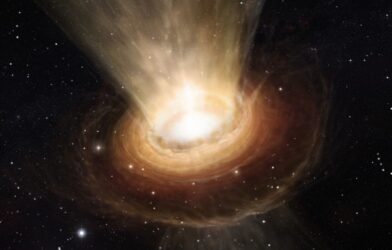
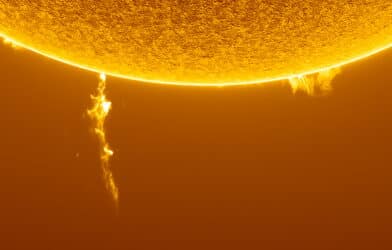
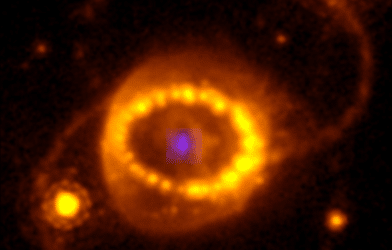

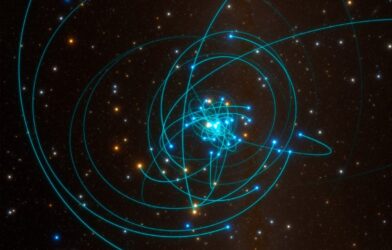

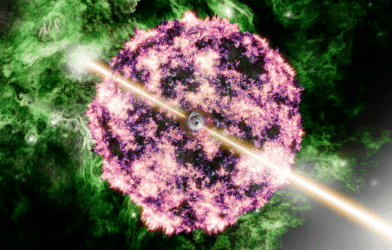
-392x250.png)
